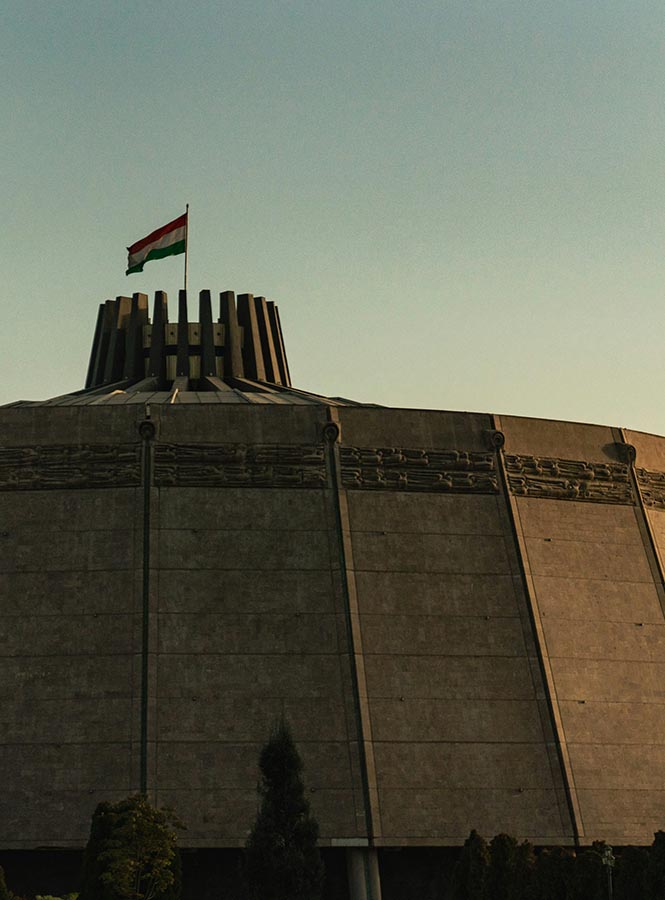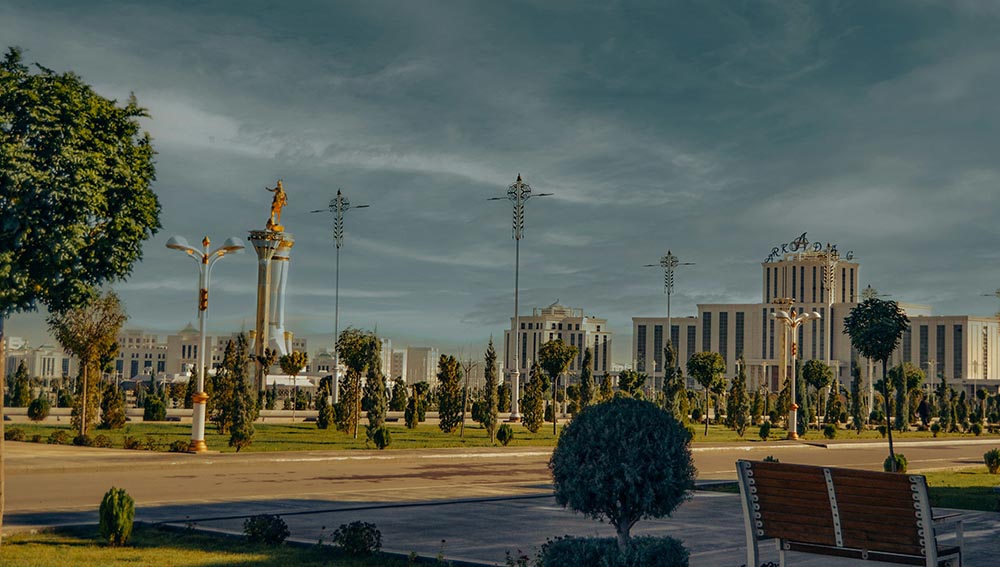Emerging Regionalism in Central Asia
The five states of Central Asia (Kazakhstan, Kyrgyzstan, Tajikistan, Turkmenistan, and Uzbekistan) have continued to make efforts toward regional integration since the breakup of the Soviet Union in 1991. Despite this, Central Asian regionalism and cooperation remain stagnant, with regionalism in Central Asia being deemed a failure by researchers and the media alike. However, since the death of Uzbekistan’s President Islam Karimov and the inauguration of President Shavkat Mirziyoyev in 2016, the beginnings of a change in Central Asian regionalism have been observed.
Recent developments in the region since 2016 suggest that regionalization is on the rise. On the political front, there have been improvements in bilateral relations, including the demarcation of borders between Central Asian countries and the expansion of economic cooperation. Above all, the “Consultative Meeting of the Central Asian Heads of State,” held annually since 2018, has come to serve as an informal platform for dialogue, thereby promoting cooperation between the countries. Notably, all the countries in the region have continued to participate, including Turkmenistan, which had previously pursued a policy of isolation. Economically, trade between the Central Asian countries remains insignificant compared to trade with Russia, China, and Europe, but it is clearly on the rise. Uzbekistan and Tajikistan have resumed energy trade, and Uzbekistan and Kazakhstan are seeking industrial cooperation along their border. In terms of people-to-people exchange, the countries in Central Asia are moving toward visa-free agreements and more open border policies.

Fig. 1: Dushanbe, Tajikistan. Photo by Anton Rybakov on Unsplash.
Despite these changes, however, the limitations that hindered regionalism and regionalization in Central Asia in the past continue into the present day. First, the Central Asian states remain highly conscious of external actors such as China and Russia and have continued with active attempts to make connections with these external actors. Since the “Consultative Meeting of the Central Asian Heads of State” also allows the Central Asian states to meet and connect with a variety of external actors, such as Russia, China, the EU, the Gulf states, and Turkey, it may in fact function as a centrifugal rather than centripetal force in terms of Central Asian regionalism. Furthermore, the “Consultative Meeting” remains limited in that it is an informal platform for dialogue and not an institutionalized formal regional organization. Second, economic interaction within the region is still limited compared to other countries and is unlikely to increase in the future.

Fig. 2: Ashkhabad, Turkmenistan. Photo by Григорий Захарьян on Unsplash.

Fig. 3: Baiterek Tower. Astana Kazakhstan. Photo by Travel With on Unsplash.
While the absolute volume of trade between the Central Asian countries has increased since 2016, it is still small compared to the volume of trade between the respective countries and China or Russia. The similar nature of the economic structures of the Central Asian countries means that the potential for greater intra-regional trade is low. Despite these limitations, changes in regionalism and regionalization in Central Asia have come to be observed in recent years, indicating that this phenomenon cannot be ignored. In Central Asia, informal dialogue platforms, such as the “Consultative Meeting,” have been more successful than pre-existing institutionalized regionalist bodies of a binding nature in contributing to regionalism and regionalization. This suggests that different forms of regional institutions can play a more effective role in regionalism depending on the specific context of the region.
Song Ha JOO, Assistant Professor, Department of Political Science and International Relations, Kookmin University. Email: songhajoo@kookmin.ac.kr.